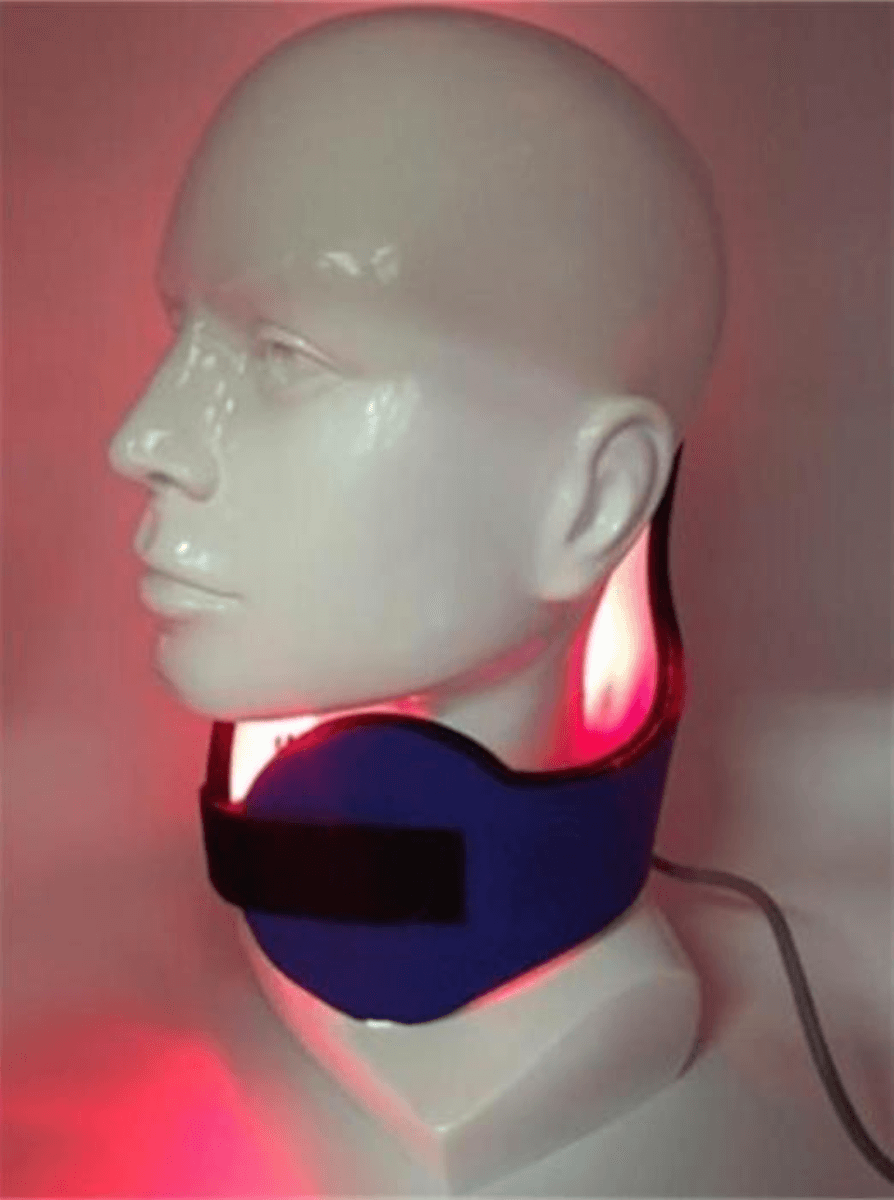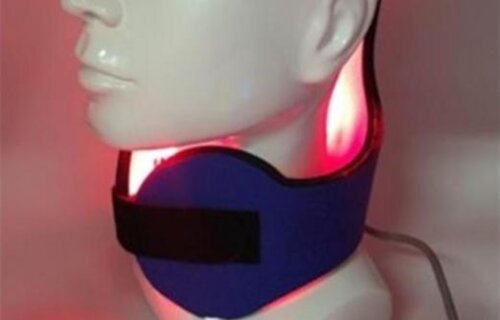TUCSON, Ariz. — Don’t feel rested even after getting a good night’s sleep? A new study suggests that wearing a phototherapy device emitting near-infrared light may have therapeutic benefits for sleep and daytime functioning. The study observed significant improvements in self-reported sleep-related symptoms after three weeks of treatment. Participants who used the active treatment device reported better sleep quality, feeling more refreshed and relaxed, and improved daytime functioning.
“This novel phototherapy device — while still being explored and in need of further research — appeared to be generally well-tolerated by a small group of participants,” says lead author Kathryn Kennedy, a doctoral candidate in the Department of Psychiatry at the University of Arizona, in a media release. “Those with active, light-emitting devices — as opposed to the inert sham devices — self-reported an increase in relaxation and better sleep with use.”
Transdermal delivery of near-infrared light has been associated with therapeutic properties such as increased relaxation, possibly through the stimulation of parasympathetic activity. However, until now, the effects of near-infrared light on sleep and next-day functioning remained unexplored.

The study, which lasted five weeks and included 30 adults between ages 30 and 60, focused on individuals with sleep complaints but no diagnosed sleep disorders. Participants wore a cervical collar every other night before bedtime for three weeks. The active treatment group received a collar emitting near-infrared light, while the sham treatment group wore an inactive collar.
Throughout the study, participants completed questionnaires about physical symptoms and insomnia severity and provided daily ratings of sleep quality, perceived changes in sleep, feeling refreshed, relaxation, and daytime functioning. The results were compared between the two groups.
Kennedy highlights the scarcity of wearable devices specifically designed to improve sleep and next-day performance, making near-infrared light an intriguing candidate for developing innovative treatments for sub-clinical sleep complaints.
With the emerging field of photobiomodulation and its potential neuroprotective and vasodilating effects, the near-infrared emitting device shows promise. However, further refinement of factors such as milliwatt power level, dosage, and frequency of use is necessary for optimal results.
The research is published in an online supplement of the journal Sleep.

